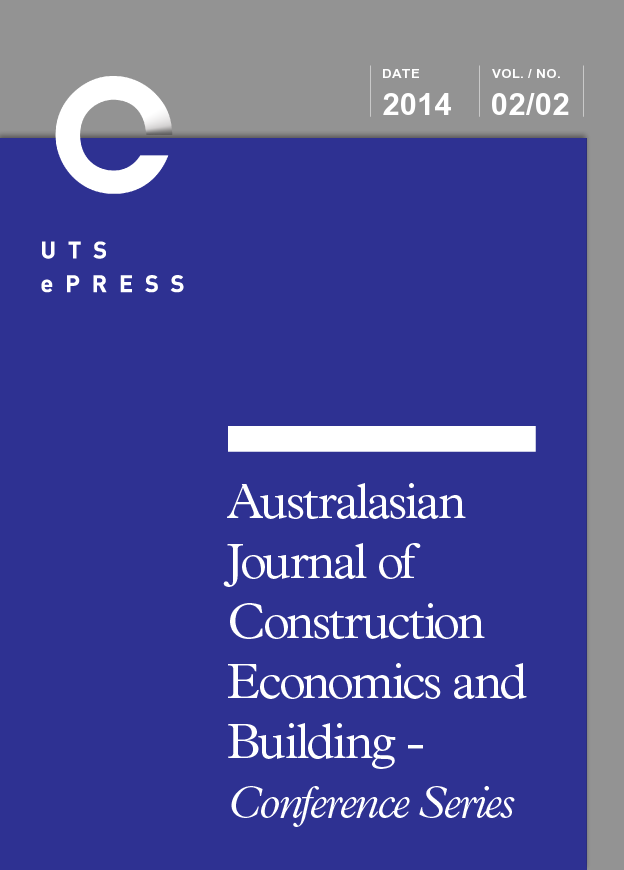A Passive Rotary System for Seismic Risk Mitigation of Steel Structures
Main Article Content
Abstract
This paper presents a novel bracing system designed for earthquake risk mitigation for steel structures. It involves a rotary system which a Chebyshev linkage connected to the ground and the building frame. Upon earthquake excitation, movement of structure floor slabs causes a rotational motion in the disc. Displacement-based dampers are installed between the rotary system and the ground which damp the structural vibrations. The system amplifies the travel of the dampers and efficiency is enhanced. In addition, the cross-brace members are always in tension, permitting the use of very slender sections. The paper first reviews the governing equations of the system, followed by a physical model demonstration. A 3-degree-of-system model with the proposed rotary system was subjected to simulated ground shaking. Acceleration on top floor was measured. Results demonstrated that proposed system effectively supresses the vibrational characteristics of the structure, and represents a viable and inexpensive solution to mitigate seismic risks.
Keywords: Earthquake engineering, passive energy dissipation
Article Details
Section
Authors who publish with this journal agree to the following terms:
a) Authors retain copyright and grant the journal right of first publication with the work simultaneously licensed under a Creative Commons Attribution License that allows others to share and adapt the work with an acknowledgement of the work's authorship and initial publication in this journal.
b) Authors are able to enter into separate, additional contractual arrangements for the non-exclusive distribution of the journal's published version of the work (e.g., post it to an institutional repository or publish it in a book), with an acknowledgement of its initial publication in this journal.
c) Authors are permitted and encouraged to post their work online (e.g., in institutional repositories or on their website) prior to and during the submission process, as it can lead to productive exchanges, as well as earlier and greater citation of published work (See The Effect of Open Access). Where authors include such a work in an institutional repository or on their website (ie. a copy of a work which has been published in a UTS ePRESS journal, or a pre-print or post-print version of that work), we request that they include a statement that acknowledges the UTS ePRESS publication including the name of the journal, the volume number and a web-link to the journal item.
d) Authors should be aware that the Creative Commons Attribution (CC-BY) License permits readers to share (copy and redistribute the work in any medium or format) and adapt (remix, transform, and build upon the work) for any purpose, even commercially, provided they also give appropriate credit to the work, provide a link to the license, and indicate if changes were made. They may do these things in any reasonable manner, but not in any way that suggests you or your publisher endorses their use.
